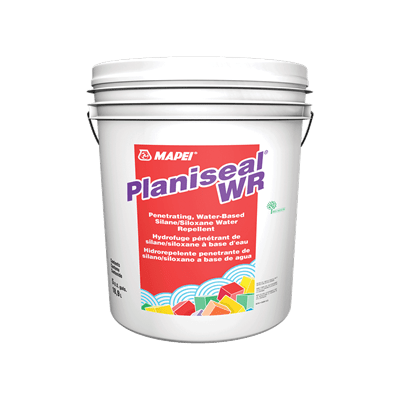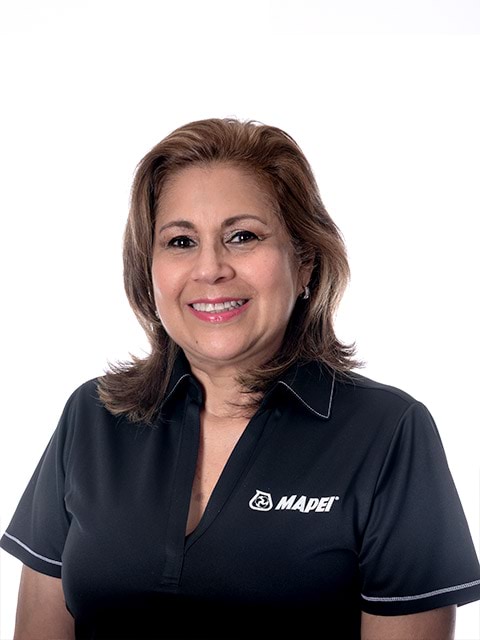 Browse by PRODUCT LINES
Browse by PRODUCT LINES
 All product lines
All product lines
 Search products
Search products
 In the spotlight
In the spotlight
There is nothing like summertime walks on the beach, the smell of the salty ocean breeze, and enjoying a good meal with a great beachfront view.
Summer is the busiest time of the year for most beachfront restaurants. However, one of the biggest downsides for restaurant owners is the impact that water and sea salt can have on the appearance of the structure, the paint, the wood, and the floors. Not only do the floors need to look pretty and well maintained, but they also need to be protected and sealed to ensure their longevity.
What type of sealer should be applied over beachfront floors?
Keep in mind that the main purpose of a floor sealer is to provide protection from deterioration or contamination, or to provide some added benefits such as:
There are two types of sealers we consider to be the best options: a topical sealer (such as an acrylic) and a penetrating sealer known as a water repellent.
| Topical Sealers | Penetrating Sealers | |||
| For decorative concrete, concrete pavers and stamped concrete | For porous concrete, concrete pavers and blocks, bricks, stone and grout | |||
| Form a film that adheres to the top of the surface without any chemical reaction | Penetrate into the concrete to form a barrier against moisture penetration | |||
| Acrylic: Water-based and solvent-based | Silane-based, siloxane-based or blend of the two | |||
| May require re-application every 1 to 2 years | Long-lasting protection. May require re-application every 3 to 5 years | |||
| For horizontal applications | For horizontal and vertical applications |
Topical Sealers
A majority of the sealers on the market are topical sealers and for the purpose of this blog, we are going to concentrate on the acrylic sealers which are more suitable for beachfront floors than other topical sealers with a more complex chemical structure.
Acrylic sealers leave a sheen on the surface and come in two types – solvent-base and water-base. The water-base acrylic sealers do not have a tendency to change or darken the color of the substrate and do provide a satin gloss. On the other hand, the solvent-base acrylic sealers tend to darken the color of the substrate and can provide a glossy finish in a single coat. The glossy level of acrylic sealers depends on the percentage of the acrylic solids in the sealer; in other words, the lower the solids, the lower the gloss or sheen and vice versa.
Acrylic sealers can be applied with a low-pressure airless sprayer. For solvent-base sealers, use a solvent resistant sprayer and the application should be in two thin coats rather than one thick. For stain protection from food, select an acrylic sealer with UV stable resin to prevent it from yellowing from excessive exposure to UV.
Typically, acrylic sealers form a film which can then produce a slippery surface. We advise reserving the use of these sealers for applications over surfaces with a textured profile, such as stamped concrete, concrete pavers, and broom or finish.
Penetrating Sealers
Penetrating sealers/water repellents act as an invisible protection against water intrusion into the surface. Due to their very small molecular size, they don’t form a film on the surface which is a great advantage for oceanfront floor applications because they won’t make the surface slippery.
Another advantage of penetrating sealers is their ability to allow water vapor transmission, meaning that no humidity will be trapped into the floor ensuring its longevity.
A good way to understand how penetrating sealers/water repellents work, would be that they perform as an umbrella does. When water repellents are applied to the surface, the water beads remain visible on top due to their ability of preventing water penetration.
Mapecure CS is MAPEI ’s solvent-based, pure acrylic sealer for concrete sealer. It produces a non-yellowing, satin finish that highlights the appearance of decorative concrete, including stamped concrete, colored concrete, concrete pavers and acid-stained concrete.
Planiseal WR is MAPEI ‘s new technology of a Silane / Siloxane blend, water- repellant, transparent sealer that offers fast-beading water repellency for porous concrete, brick, stone and grout.
Planiseal WR is water-based, is easy to apply and provides a breathable, dirt and stain resistance water-repellency for the protection of concrete surfaces.
Whether you are looking for a sheen appearance or an invisible protection for your beachfront floor, we invite you to take a closer look to MAPEI sealers and water repellent options.
For more information, application tips and a personalized customer service, call our Technical Service line 888-365-0614.




Technical Services at 1-800-992-6273
Customer Service at 1-800-426-2734 (1-800-42-MAPEI)
Comments
Load more comments